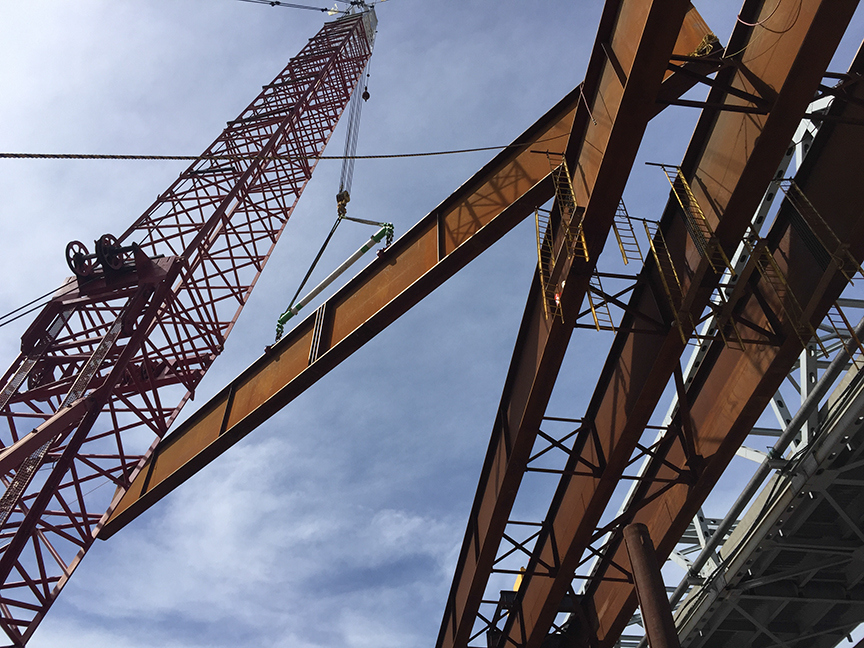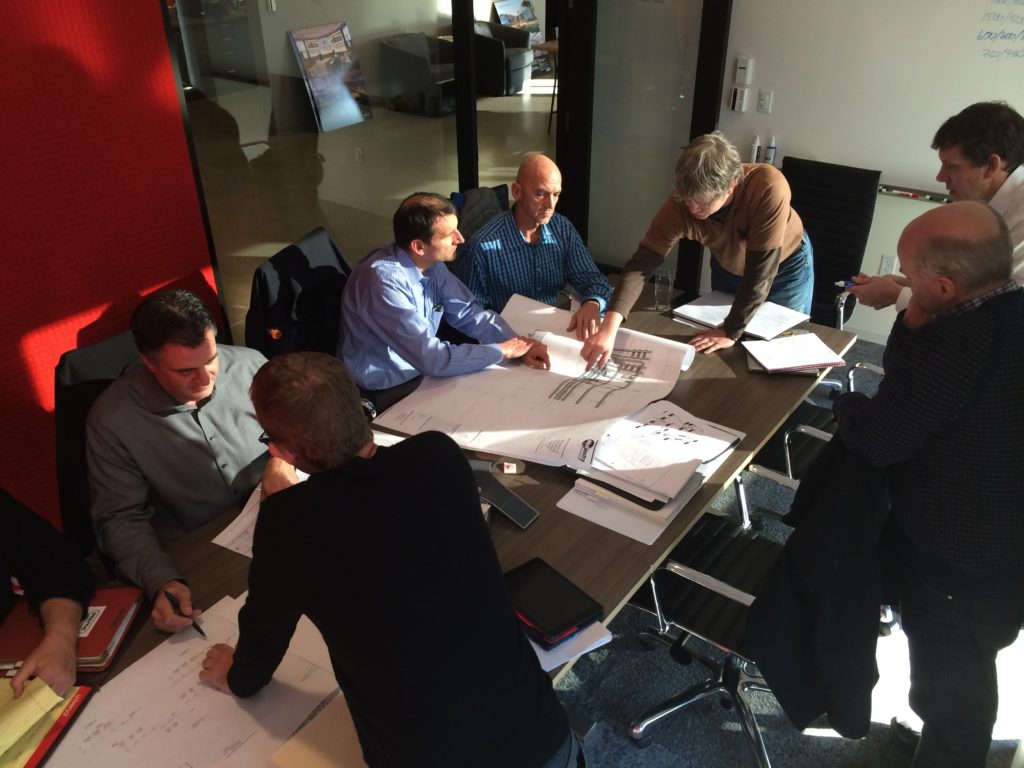102%Faster
From design through completion, DB projects are delivered 102% faster than traditional design-bid-build.
Design-build pushes the boundaries of possibility for project design and construction. The inspired innovation required helps create a long-lasting industry impact.

From design through completion, DB projects are delivered 102% faster than traditional design-bid-build.
CII/Pankow has revisited the nation’s seminal design-build performance research 20 years later. Design-build continues to out-perform other delivery systems in cost, schedule, growth measures, construction and delivery speed.
Summary Coverage
Nearly half of America's construction dollars will be spent on design-build projects.
The most comprehensive market research in decades provides design-build data by regions, sectors, project type and satisfaction.
Summary Download ReportThe use of design-build has grown rapidly in the past decade and now delivers nearly half of America’s projects. New research predicts that growth will continue at 18% through 2021.
It’s easy to see why when you look at the benefits design-build delivers.

The Transportation sector has embraced design-build in a big way with a huge increase in the number of projects since 2002.
From coast to coast, state transportation departments are turning to design-build to deliver the most innovative, time- and cost-effective projects possible.
See Report
The vast majority of states embrace design-build and are expanding their legislative authority to deliver more innovative and efficient projects.

Owners rank design-build satisfaction the highest among all delivery methods.

DBIA members and certified professionals are design-build industry leaders. DBIA education is the gold-standard for training and certified pros are highly in demand as our industry changes the way America builds.
Joint research by the Water Design-Build Council and DBIA analyzes data collected on water projects nationwide to provide historical and prospective trends for design-build contracting by geographic region and by project type including water treatment, wastewater treatment, wastewater collection, water conveyance and storm water management.
The Owner’s Guide to Maximizing Success in Integrated Projects is the application of the findings from a robust empirical study of over 200 capital facility projects. Using a variety of statistical methods to model the relationships between project delivery and project success, the primary finding of the study is that owners should consider an overall project delivery strategy when structuring design and construction services, rather than focusing exclusively on the delivery method. By considering how the organizational structure contract payment terms and team assembly process can work together, owners can develop a larger strategy. In particular, the study finds that those strategies which align the core project team — owner, designers, primary builder and key specialty trades — are more effective in meeting or exceeding their cost, schedule and quality goals. During the implementation phases, the study also finds that higher performing project teams participate in integrated practices and develop into a cohesive group.
The study is based on the presumption that design and construction is an imperfect process with a variety of inherent uncertainties. The intent of the study was to gain greater insight on what project teams can do to identify, anticipate and mitigate the conditions and factors that drive uncertainty, and how owners can adjust their expectations of project team performance to benefit the project.
New research reveals that while owners, architects and contractors in the buildings sector all agree that the choice of a delivery system on a project impacts project cost, schedule and the potential for overall client satisfaction, perspectives on which of the three established delivery systems can best deliver these and other benefits often vary widely by player.
The results of a study conducted by RSMeans on the growing use of design-build indicate that for the first time more than half of projects above $10 million are being completed through design-build project delivery. The newly released study also confirms that the use of design-build has remained steady since its growth spurt at the end of the last decade, and also that Oregon and the Military sector are leading with the most dollars being spent on design-build projects.
Mortenson Construction surveyed design-build industry leaders at the 2010 Design-Build Conference and Expo and compiled their responses regarding the state of the industry.
A report that provides guidance on the impact of project delivery methods in achieving sustainable, high performance building projects. The findings are synthesized from a two-year study that collected data through 230 surveys, 92 procurement documents and 12 in-depth case studies. This report provides owners, government agencies, architects, engineers, constructors and industry trades with facts to improve decision making when selecting project delivery methods and key team members to achieve sustainable, high performance building projects.
The research that produced this report sought to determine the effect of delivery methods and practices on the level of integration achieved in projects and the repercussions of integration levels on the outcomes of projects emphasizing sustainability goals. It supplements and validates research that produced the previous report and consists of 12 in-depth case studies of the project delivery phase and compared them with building performance at project completion.
This study of delivery systems found that design-build offers equal or higher quality than other commonly used delivery methods. The main findings are that, compared to the traditionally used design-bid-build, design build delivers projects with an average 6% cost savings, 12% faster construction speed, and 33% faster overall project delivery. In fact, design-build outperformed design-bid-build in every category on a 10 point scale.